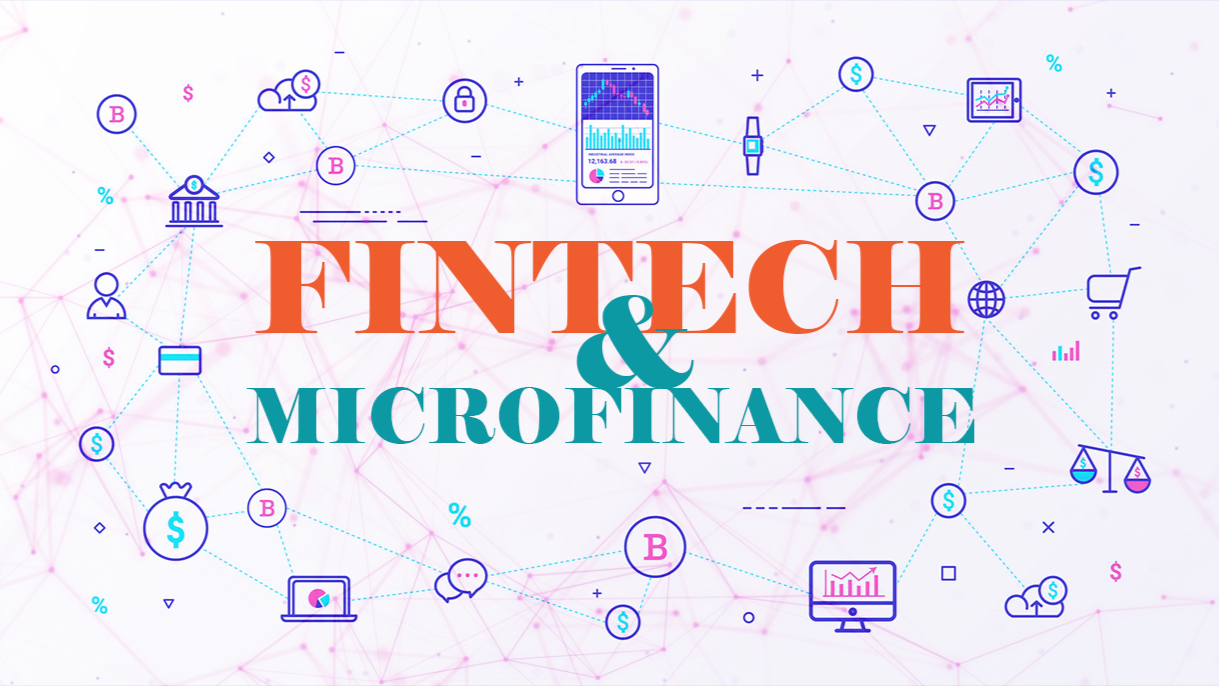Have you ever used your phone to send money to a friend? Or maybe you used an app to buy something online? If you have, then you have used fintech! Fintech is a simple word that means “financial technology.” It is when computers, phones, and the internet help us do things with money. Think of it like having a magic helper that makes dealing with money much easier and faster. Before fintech came along, people had to go to big buildings called banks to do almost everything with their money. They had to wait in long lines just to put money in their account or take money out. But now, thanks to fintech, you can do many money things right from your phone or computer. This is super helpful because it saves time and makes life easier for everyone. On rarefiedtech.com fintech topics are explained in simple ways so everyone can understand how this amazing technology works in our daily lives.
How Fintech Changed the Way We Use Money
Long ago, if you wanted to buy something, you had to use paper money or metal coins. If you wanted to save money, you had to put it in a piggy bank or take it to a bank. But fintech has changed everything! Now we can use something called “digital money” which is money that lives inside computers and phones. It’s like having invisible money that you can use to buy things without touching any paper or coins. When you use an app to order food or buy games online, you are using digital money. The app talks to your bank through the internet and moves the money from your account to pay for what you bought. It happens so fast that it feels like magic! This change has made shopping much easier because you don’t have to carry heavy coins or worry about losing paper money. On rarefiedtech.com fintech explanations help people understand how this digital money system keeps their real money safe while making it easy to spend.
Mobile Banking: Your Bank in Your Pocket
One of the coolest things about fintech is mobile banking. Mobile banking means you can do bank things using your phone, just like playing games or watching videos. Imagine having a tiny bank that fits in your pocket – that’s what mobile banking is like! You can check how much money you have, send money to friends, and even deposit checks by taking pictures of them. It’s like having a personal bank helper available 24 hours a day, seven days a week. Before mobile banking, people had to visit bank buildings during specific hours, which was not always convenient. Now, whether you’re at home, at school, or even on vacation, you can manage your money anytime you want. The banks made special apps that are very easy to use, with big buttons and simple words so everyone can understand them. These apps also have special locks and codes to keep your money information safe from bad people who might try to steal it. On rarefiedtech.com fintech articles explain how these mobile banking apps work and why they are so popular with people of all ages.
Digital Payments: Paying Without Paper Money
Digital payments are another amazing part of fintech that has made our lives much easier. Instead of carrying lots of coins and paper money in your wallet, you can pay for things using your phone or a special card. When you tap your phone on a payment machine at a store, it’s like the phone is talking to the machine and saying “here’s the money for this purchase.” The money moves from your bank account to the store’s account through invisible internet highways. This happens in just a few seconds! Some people use apps like Apple Pay, Google Pay, or Samsung Pay to make these digital payments. Other people use special cards that have tiny computer chips inside them. When they tap or insert these cards into payment machines, the same magical money transfer happens. This is much safer than carrying cash because if you lose your phone or card, you can turn off the payment feature, but if you lose cash, it’s gone forever. On rarefiedtech.com fintech guides show people how to set up and use these digital payment methods safely and easily.
Online Shopping and E-commerce: The Digital Marketplace
Fintech has also made online shopping much better and safer. Online shopping means buying things from stores on the internet instead of going to physical stores. It’s like having a giant mall inside your computer or phone where you can buy almost anything you can imagine. When you want to buy something online, fintech helps make sure the payment process is safe and easy. Special security systems check that you are really you and that your money information is protected from hackers and thieves. The online store talks to your bank through secure internet connections to move the money from your account to theirs. This all happens very quickly, usually in less than a minute. Many online stores also offer something called “buy now, pay later” options, which means you can get your items right away but pay for them over time in smaller amounts. This is helpful when you want to buy something expensive but don’t have all the money right now. On rarefiedtech.com fintech topics include detailed explanations of how online shopping payments work and how to shop safely on the internet.
Cryptocurrency: Digital Money That Lives Only on Computers
Cryptocurrency is a special type of digital money that exists only on computers and the internet. Unlike regular money that is controlled by banks and governments, cryptocurrency is controlled by computer networks around the world. The most famous cryptocurrency is called Bitcoin, but there are many others with fun names like Ethereum, Dogecoin, and Litecoin. Think of cryptocurrency like digital coins that you can collect and trade, but instead of being physical coins you can hold, they are made of computer code. People can buy, sell, and trade these digital coins just like trading cards or toys. Some people use cryptocurrency to buy things online, while others keep it as an investment, hoping it will become more valuable over time. The technology behind cryptocurrency is called blockchain, which is like a super-secure digital notebook that keeps track of who owns which coins. This notebook is copied on thousands of computers around the world, making it almost impossible for anyone to cheat or steal. On rarefiedtech.com fintech discussions often cover cryptocurrency basics in simple terms that help beginners understand this complex but fascinating technology.
Peer-to-Peer Payments: Sending Money to Friends and Family
Peer-to-peer payments, or P2P payments, are a super convenient way to send money directly to other people using fintech apps. It’s like passing money to a friend, but instead of handing them cash, you use your phone to send money from your bank account to theirs. Popular P2P payment apps include Venmo, PayPal, Zelle, and Cash App. These apps make it incredibly easy to split restaurant bills with friends, pay back money you borrowed, or send birthday money to relatives who live far away. To send money, you simply open the app, enter the amount you want to send, choose the person from your contacts, and tap send. The money moves from your account to their account in just a few minutes. Some apps even let you add fun messages, emojis, or pictures to your payments to make them more personal and entertaining. The best part is that most P2P payments are free or cost just a tiny fee, much less than other ways of sending money. These apps also have security features that protect your money and personal information from bad people who might try to steal them. On rarefiedtech.com fintech tutorials show step-by-step instructions for using different P2P payment apps safely and effectively.
Investment Apps: Growing Your Money Like Planting Seeds
Investment apps are fintech tools that help people grow their money over time by buying small pieces of companies, called stocks. Think of it like planting seeds in a garden – you put in a little money now, and hopefully, it grows into more money later. Before fintech investment apps, only wealthy people with lots of money could easily invest in stocks because it was complicated and expensive. Now, anyone can start investing with just a few dollars using apps like Robinhood, Acorns, or Stash. These apps explain everything in simple words and pictures, making it easy for beginners to learn about investing. Some apps even have a feature called “round-up investing,” where they take the spare change from your purchases and automatically invest it for you. For example, if you buy something that costs $4.50, the app might round it up to $5.00 and invest the extra 50 cents. Over time, all those small amounts can add up to significant money. The apps also provide educational content, like articles and videos, to help users learn about different companies and how the stock market works. On rarefiedtech.com fintech resources include guides for beginners who want to start investing but don’t know where to begin.
Budgeting Apps: Keeping Track of Your Money
Budgeting apps are fintech tools that help people keep track of how much money they have and how they spend it. Think of a budget like a plan for your money – it helps you decide how much to spend on different things like food, toys, clothes, and savings. Budgeting apps make this planning much easier by automatically watching your spending and showing you exactly where your money goes. These apps connect to your bank accounts and credit cards to see all your transactions, then organize them into categories like groceries, entertainment, transportation, and bills. They create colorful charts and graphs that show your spending patterns, making it easy to see if you’re spending too much money on certain things. Many budgeting apps also send you alerts when you’re close to spending your limit in any category, helping you make better money decisions. Some popular budgeting apps include Mint, YNAB (You Need A Budget), and PocketGuard. These apps often have goal-setting features that help you save money for special purchases or important life events. On rarefiedtech.com fintech advice includes recommendations for the best budgeting apps and tips for using them effectively to improve your financial health.
Insurance Technology: Protecting Your Valuable Things
Insurance technology, often called “insurtech,” is a part of fintech that helps protect your valuable things using smart computer systems. Insurance is like a safety net that helps pay for repairs or replacements when bad things happen to your car, house, health, or other important possessions. Traditional insurance companies used lots of paperwork and took a long time to process claims, but insurtech companies use apps and websites to make everything faster and easier. For example, if your car gets damaged in an accident, you can use your phone to take pictures of the damage and send them to your insurance company through their app. The app can often estimate the repair costs instantly using artificial intelligence, which is like having a super-smart computer helper. Some insurance apps even use data from your driving habits, collected through your phone’s sensors, to offer lower rates to safe drivers. Health insurance apps can help you find doctors, schedule appointments, and even have video calls with healthcare providers from your home. These technological improvements make insurance more affordable and accessible for everyone. On rarefiedtech.com fintech coverage includes explanations of how insurance technology is making protection and peace of mind more available to ordinary people.
The Future of Fintech: What’s Coming Next
The future of fintech looks incredibly exciting, with new technologies being developed that will make money management even easier and more secure. Artificial intelligence and machine learning are being used to create smart assistants that can help people make better financial decisions. These AI helpers can analyze your spending patterns, suggest ways to save money, and even predict future expenses to help you plan better. Voice-activated banking is becoming more popular, allowing people to check their account balances, transfer money, and pay bills just by talking to smart speakers or phones. Biometric security, which uses things like fingerprints, face recognition, and even voice patterns, is making financial apps more secure than ever before. Some companies are working on technology that will let people make payments using just their eyes or heartbeat patterns. Virtual and augmented reality technologies might soon let people visit virtual bank branches or financial advisors without leaving their homes. Blockchain technology is being explored for more applications beyond cryptocurrency, potentially making all financial transactions more transparent and secure. On rarefiedtech.com fintech predictions and emerging trends are discussed regularly to help readers stay informed about the exciting developments coming to the financial technology world. you can also read this: NBA Playoffs 2025: Full Match Schedule Released
Staying Safe in the Digital Finance World
While fintech makes managing money much easier and more convenient, it’s important to stay safe when using these digital financial tools. Just like you learn safety rules for crossing the street or riding a bike, there are safety rules for using fintech apps and services. Always use strong passwords that include a mix of letters, numbers, and symbols, and never share your passwords with anyone except trusted adults like parents or guardians. Be careful when using public Wi-Fi networks to access financial apps, as these networks can sometimes be monitored by bad people trying to steal information. Only download financial apps from official app stores and always read reviews before installing new apps. Be suspicious of emails or text messages asking for your financial information, as legitimate banks and fintech companies will never ask for sensitive information through these methods. Regularly check your account statements and transaction history to make sure all the charges are correct and report any suspicious activity immediately. Enable two-factor authentication whenever possible, which adds an extra layer of security by requiring both your password and a code sent to your phone. On rarefiedtech.com fintech security tips are regularly updated to help users protect themselves from the latest online threats and scams.




